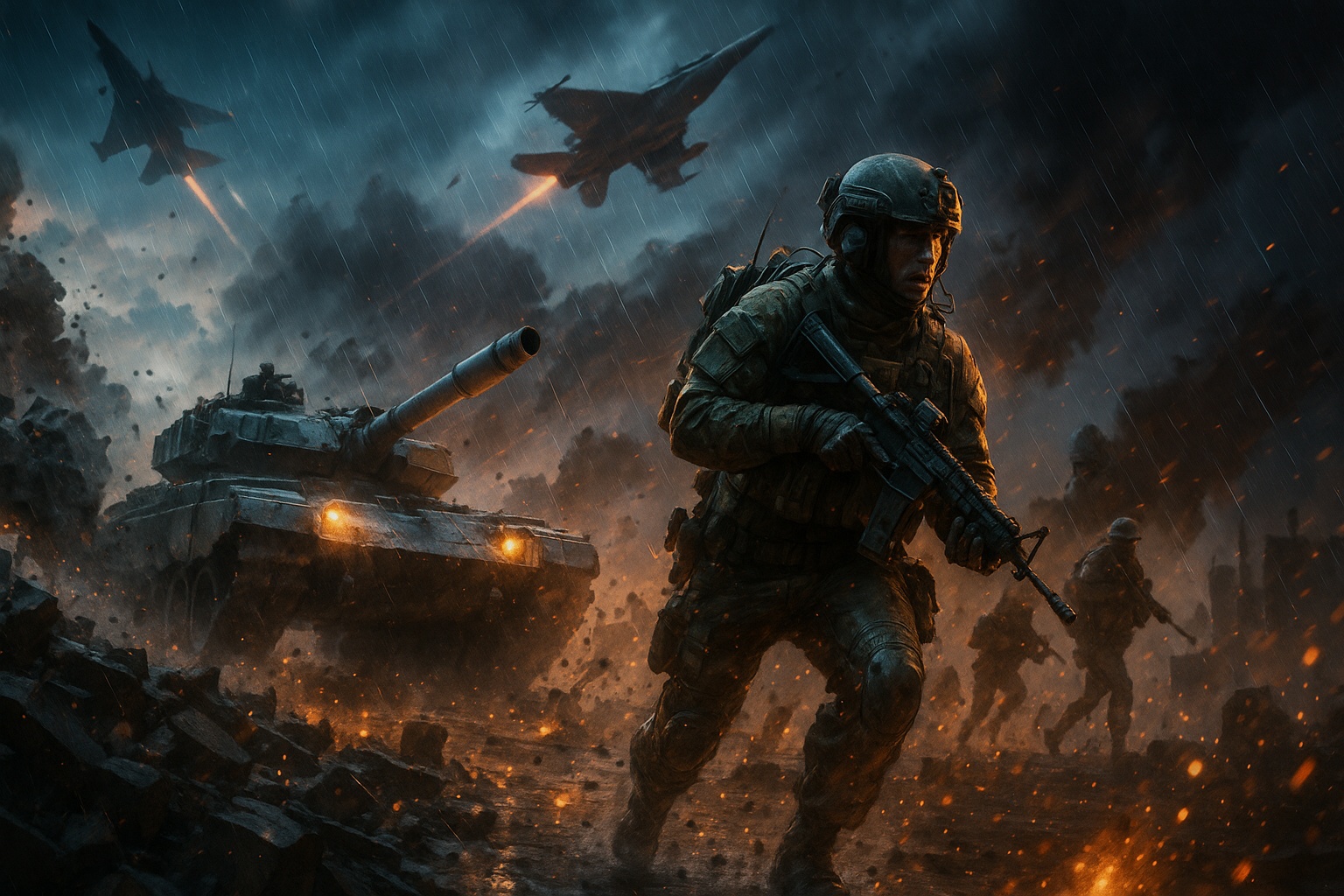
Battlefield 6 Multiplayer Highlights and Player Experience
- Zoky
- 0
- Posted on
The anticipation for a new mainline Battlefield release is always immense, rooted in years of franchise-defining gameplay moments. With Battlefield 2042—known informally as Battlefield 6 during its development—DICE promised a monumental leap forward: a revival of the modern-to-near-future setting beloved by fans, paired with unprecedented scale through 128-player battles on next-gen hardware. The pitch evoked memories of Battlefield 3 and 4’s glory days, raising expectations for a grand return to form. In reality, the game’s foundation of satisfying gunplay and large-scale spectacle was undermined at launch by divisive design decisions that fractured its identity, making it, in many ways, the definition of Battlefield 6 Boosting for player hype but “almost” a true return to form.
The expansion from 64 to 128 players was, on paper, a dream scenario. At its peak, this scale amplified the “Only in Battlefield” promise, delivering awe-inspiring moments when armored columns pushed across dunes, helicopters clashed high above, and infantry swarmed over objectives. The Frostbite engine powered remarkable visuals, while exceptional sound design ensured gunfire, explosions, and vehicle engines roared with an immersive, battlefield authenticity. When all systems aligned, large-scale combat felt chaotic yet thrilling, offering experiences that no other shooter could fully replicate.
Despite these highs, one of the most significant missteps was the replacement of the classic four-class system—Assault, Engineer, Support, Recon—with Specialists characterized by unique gadgets and traits. This shift eroded teamwork and blurred battlefield roles. Any Specialist could wield any primary weapon and carry general gadgets, dissolving the structured role identity players relied upon. As clear-cut responsibilities disappeared, medics and engineers became scarce exactly when they were most needed.
- Loss of Immediate Readability: In older titles, character models communicated a player’s role instantly. Specialists created ambiguity, making tactical decision-making harder.
- Reduction in Squad Strategy: Rather than balancing squads across roles, players frequently chose gadgets offering maximum individual mobility or versatility.
- Visual Immersion Issues: Limited Specialist models led to armies of identical characters, breaking immersion and complicating team versus enemy recognition at range.
DICE eventually reintroduced a class-based framework, assigning Specialists into role-specific categories, but the launch identity damage had already been done. It felt like solving a problem of their own making rather than building on what had long worked for the franchise.
To suit 128 players, launch maps stretched to unprecedented sizes. Hourglass and Kaleidoscope embodied this ambition yet revealed critical flaws—vast, flat areas with minimal cover created a “walking simulator” effect for infantry. Movement between objectives often meant crossing open spaces under constant long-range fire, stripping away the enjoyable tactical advances of past map designs. By contrast, earlier maps like Siege of Shanghai or Grand Bazaar delivered intricate layouts, destructible environments, and cover-rich routes. Post-launch reworks and added maps improved flow and terrain complexity, but the initial roster felt sterile and missed that layered Battlefield essence.
Gunplay remained a strength, with responsive mechanics, impactful feedback, and a satisfyingly broad arsenal. The “Plus System,” allowing quick attachment swaps mid-battle, enhanced tactical adaptability without disrupting pacing. Vehicle combat stayed thrilling, though balancing at launch was contentious. The true standout feature of Battlefield 2042, however, was Battlefield Portal—a mode empowering players to craft custom experiences using maps, assets, and rule sets from Battlefield 1942, Bad Company 2, Battlefield 3, and 2042. Portal nurtured nostalgia alongside creativity, enabling faithful recreations of classic matches or inventive cross-era battles. Unfortunately, it often felt secondary to the main game’s modes instead of sharing center stage.
| Feature | Classic Battlefield (BF4) | Battlefield 2042 (Launch) |
|---|---|---|
| Core Player System | Four fixed classes (Assault, Engineer, Support, Recon) | Named Specialists with unique abilities |
| Weapon Access | Restricted by class role | All primaries usable by all Specialists |
| Role Clarity | Instantly identifiable battlefield roles | Ambiguous, leading to uneven team composition |
| Max Players | Up to 64 | Up to 128 |
Battlefield 2042’s path shows immense ambition paired with early stumbles. Launch decisions—such as chasing hero-shooter trends with Specialists—shifted focus from the teamwork-driven gameplay DNA that made the franchise iconic. In the months and years after release, incremental updates reintroduced classes, enhanced maps, and fine-tuned systems, bringing the game closer to the original vision. Today, it offers robust mechanics, jaw-dropping scale, and flashes of the excellence that players craved, yet the shadow of its launch lingers. It stands as proof that even a massive franchise can recover, but its stature, much like u4gm Battlefield 6 Boosting, is still “almost” as towering as its legendary predecessors.